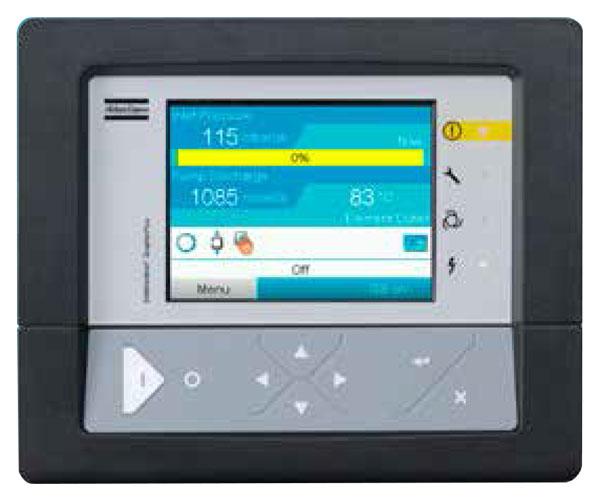
Suffolk County | Rich Piquette (631) 774-4009
Manhattan, Brooklyn, Queens, & Nassau Counties | Rob Waddell (516) 680-5737
Bronx, Westchester, Putnam, & Duchess Counties | Harris Goldberg (914) 380-2950

Suffolk County | Rich Piquette (631) 774-4009
Manhattan, Brooklyn, Queens, & Nassau Counties | Rob Waddell (516) 680-5737
Bronx, Westchester, Putnam, & Duchess Counties | Harris Goldberg (914) 380-2950

Compressed air is a valuable piece of your daily operations. It is cost effective, and cost efficient when compared to other forms of energy. With so many options out there, it can be difficult to decide what air compressor is the right choice. Newer air compressors have more features and energy-saving technology, which makes it important to know which size is appropriate for your application and usage. If you choose the wrong air compressor, this can lead to production problems and/or increased energy costs to your facility.
If you have had an air compressor at your facility for many years, it is likely that the technology has changed greatly. You may assume that you know what to look for, but it will save you time and money in the long-run to do your research. In order to get your air supply right the first time, you will need to arm yourself with the right knowledge.
Air compressor location and placement has a direct impact on its functioning. Air compressors require air flow, and shouldn’t be placed in tight spaces. Depending on your facility’s needs and space, you should consider the dimensions of the air compressor, as well as the distance from the power source.
As a rule of thumb, you will need a compressor that delivers pressure to match the largest demand. By determining how many pounds per square inch (psi) of pressure your biggest equipment needs, you can easily narrow down the correct compressor.
Simply put, pressure refers to the amount of force needed to perform a task. Let’s say your task is to move a block of wood. For example; If you are using 75 psi of compressed air, it will not work because you need 100 psi of pressure to move the block.
Flow, or free air delivery (FAD), is the ability the compressor has to continue performing a task within an acceptable timeframe. Keeping with the block of wood example; you need to determine whether you need to move the block once every hour, or you need to move it consistently for an hour.
To move something once an hour would mean you need less flow. The task can be achieved with a smaller compressor. The smaller compressor will cycle on and off, and refill by the next time the block of wood needs moving.
However, if you need continuous flow, you will need a larger compressor. Smaller air compressors that are used for continuous tasks will provide insufficient flow, This will cause frequent breaks while the compressor builds pressure. For this reason, we recommend considering a rotary screw air compressor.
There are many additional requirements to consider, aside from these 3. Iacono Inc. offers full spec sheets to help you determine which air compressor suits your needs.
Making this purchase is a large investment for your business. Although many people will be in a hurry to purchase a new air compressor if their existing one has broken beyond repair, it is important to make an educated decision.